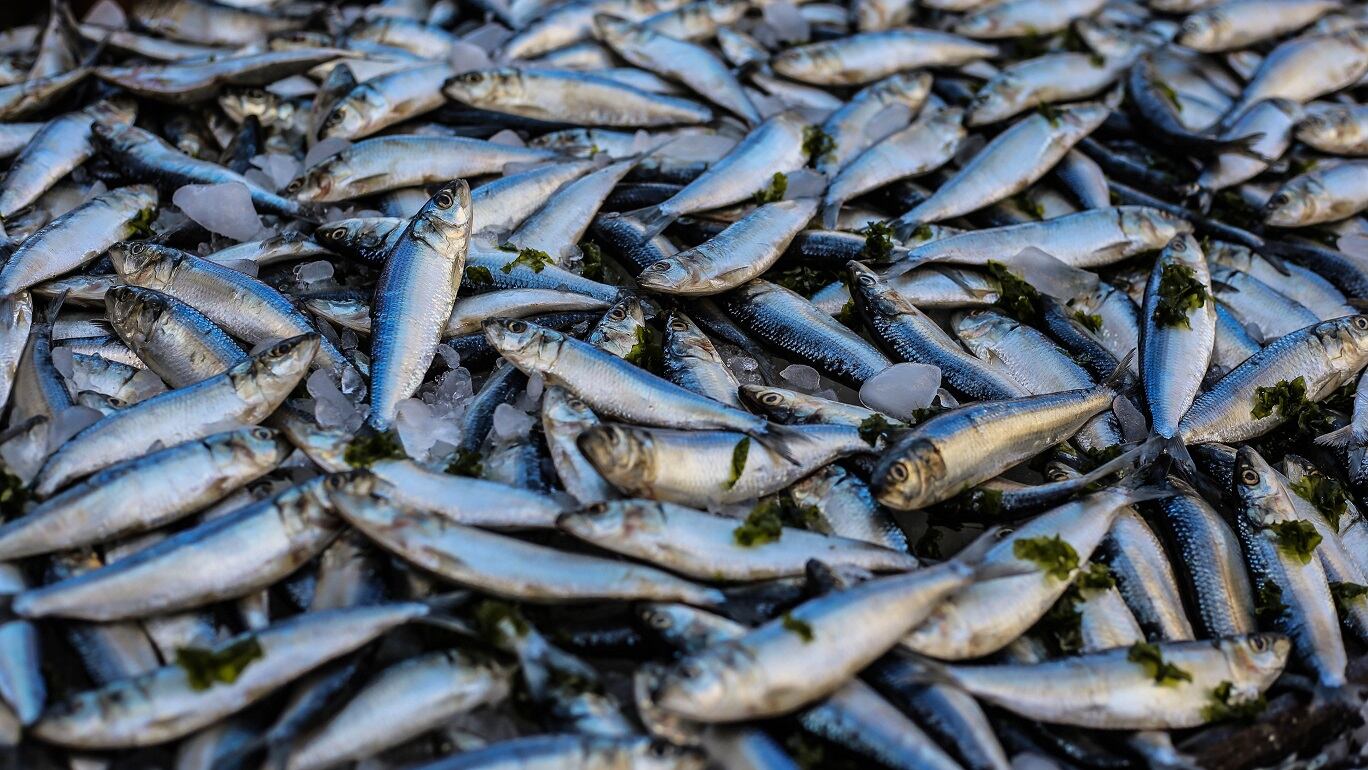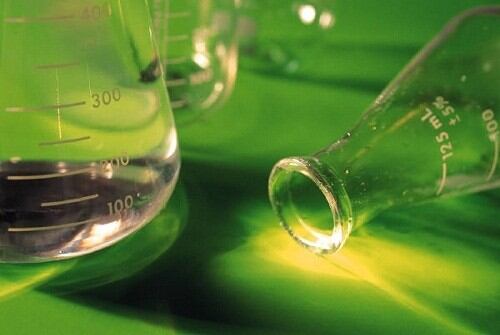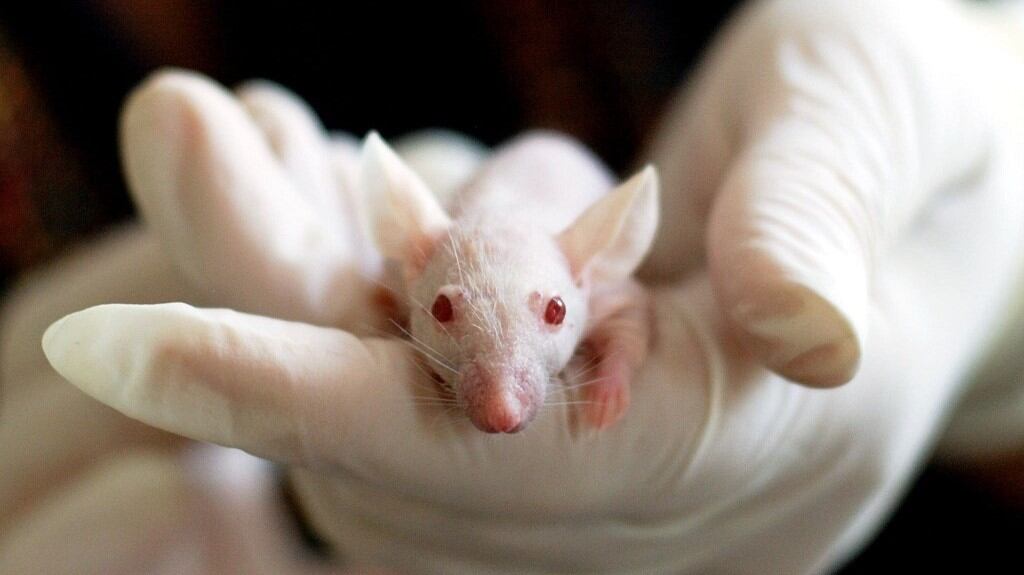Designed and custom-built by Stafford Engineering, the innovation is an electrospinning machine nicknamed the “Iguana”, which produces ActivLayr, a skin care product made by West Auckland nanofibre producer Revolution Fibres.
Skin care from fish skins
The manufacturing process of ActivLayr begins with the New Zealand Hoki. After extracting collagen from the fish skins, the Iguana transforms the collagen into nanofibers using the electrospinning method.
Additionally, kiwifruit, grapes and hyaluronic acid are added to ActivLayr during the electrospinning process.
According to the company the nanofibres measure between 100 to 500 nanometres in width, and when used in skin care it can improve absorbency.
Revolution Fibres has been producing nanofibers for almost a decade, and the Iguana can help them increase their production capacity to order to meet local and international demand for their product.
“There is a growing number of industries embracing what nanofibre can do for performance and gaining a competitive edge,” said Revolution Fibres CEO Iain Hosie. “That will only increase as research uncovers even greater opportunities in life sciences. The scope for what you can do with nanofibre feels limitless.”
The Iguana will enable Revolution Fibres to quadruple production, allowing Revolution Fibres to fulfil the large number of orders from Asia. In the future, the company expects to be able to increase the production scale.
“The Iguana is a fantastic collaboration between the best Kiwi minds from the science and engineering worlds. It allows Revolution Fibres to increase production to meet demand, but it also means we can grow the production of ActivLayr in New Zealand,” said Brent Tucker, operation manager of Revolution Fibres.
One-of-a-kind machinery
The Iguana was custom designed for Revolution Fibres and at seven metres long with more than 9,000 components, it is one of the largest machines of its kind in the world.
Roger Evans, co-founder of Stafford Engineering, revealed that the company previously build a “pilot” machine two years ago for Revolution Fibres, which was then used for a research facility in the US. “That gave us sufficient knowledge, together with design input and insights from [Revolution Fibres] to take on The Iguana.”
Evans believes the company has found a niche in building bespoke machines for their clients, most of whom know what they want, but lack the expertise or capability to build what they need.
“That’s where we come in. For us a machine is a machine and in the case of Revolution Fibres, they had a very good idea of what they wanted. We’ve found a niche in supplying bespoke machines like the Iguana. So making one-off, complex machines makes us unique both locally and internationally.”
Hosie expressed that companies like Strafford is greatly beneficial to their company.
“It’s great to have companies like Stafford in New Zealand. Our trust in Stafford means we can continue to grow our manufacturing operations in NZ with confidence. We have huge input into the design and know the output will be professional and built-to-last.”




